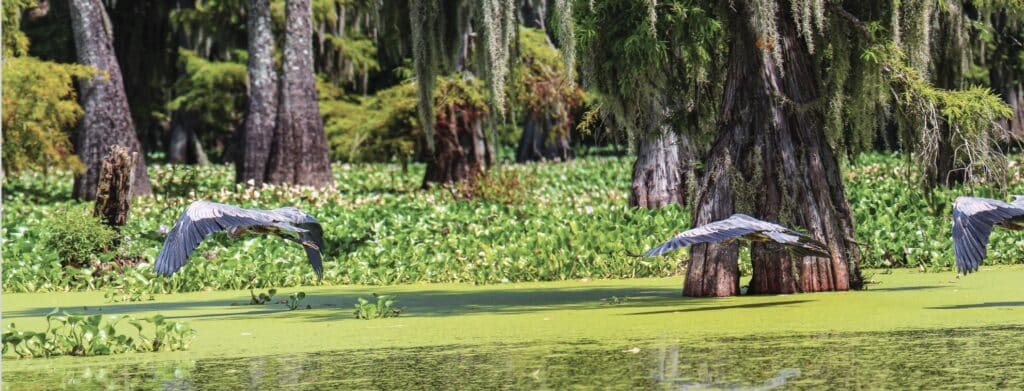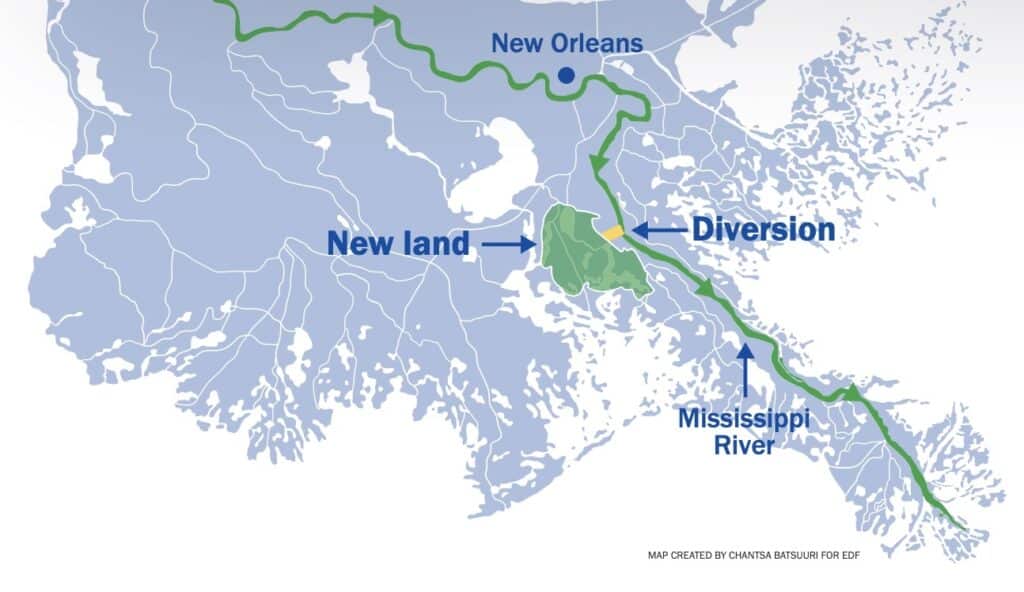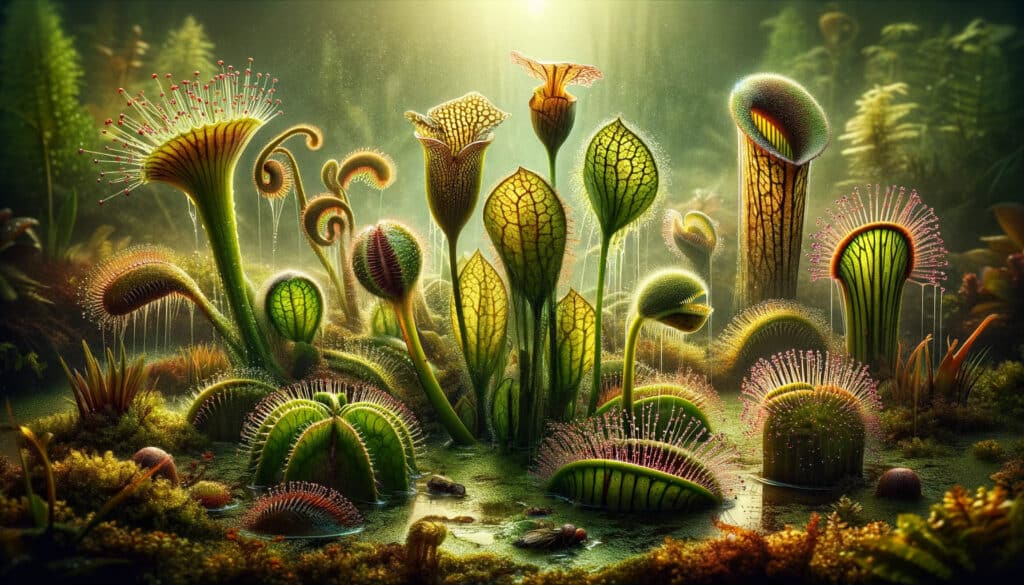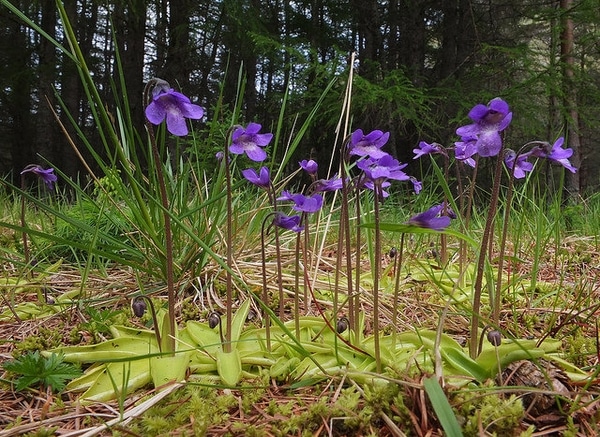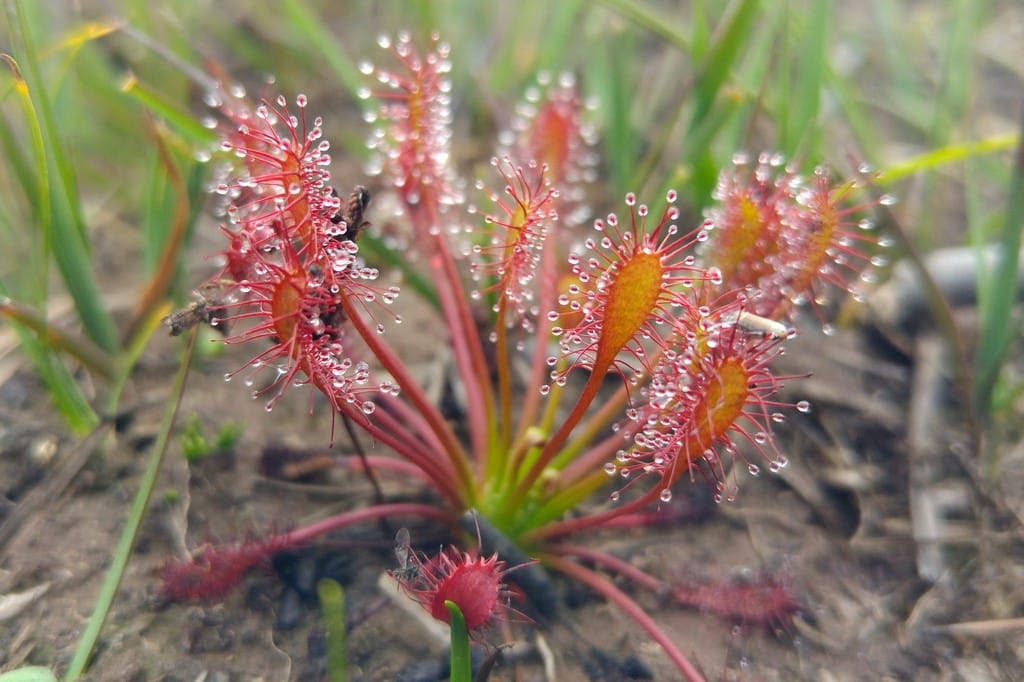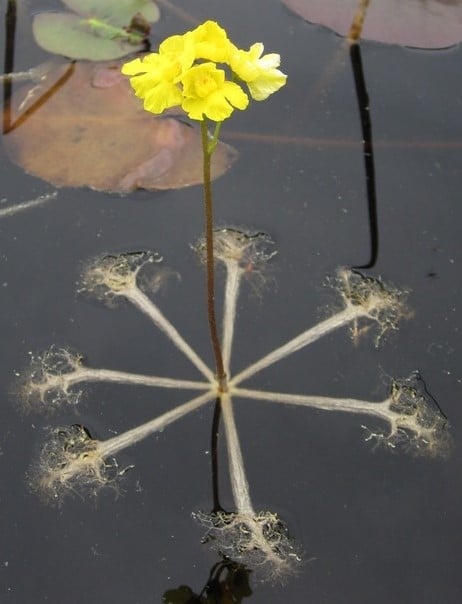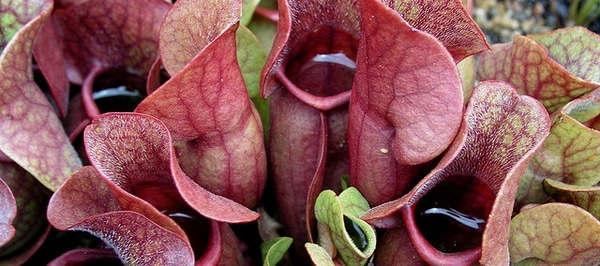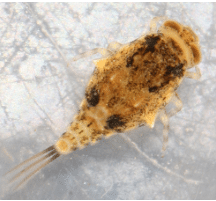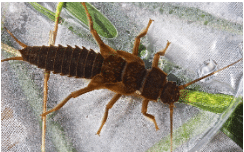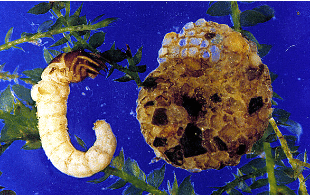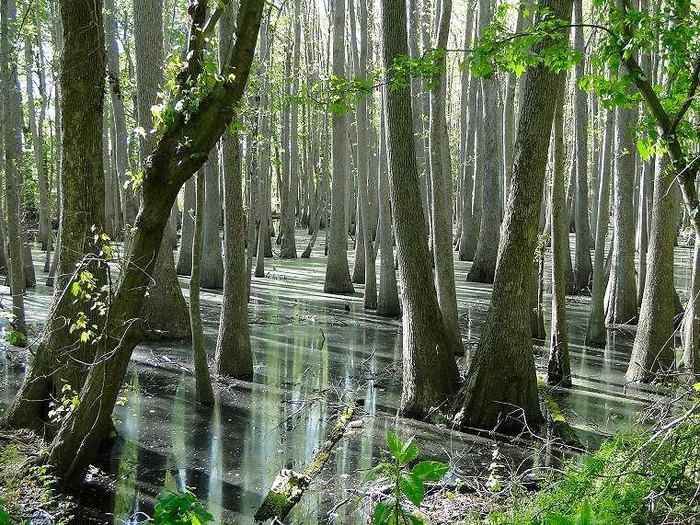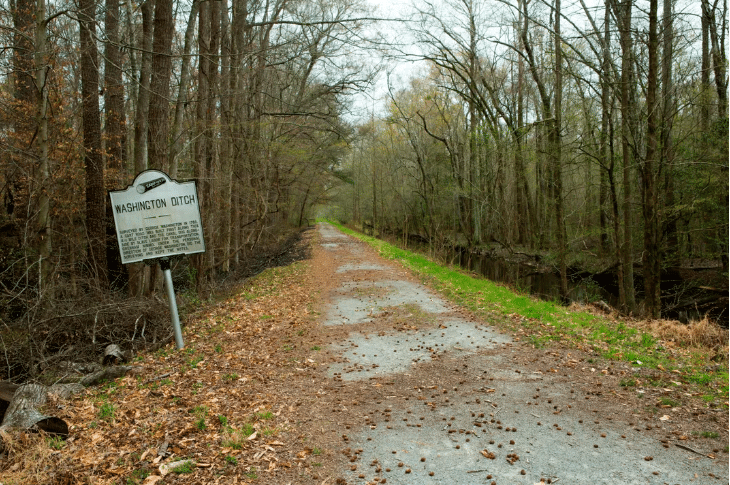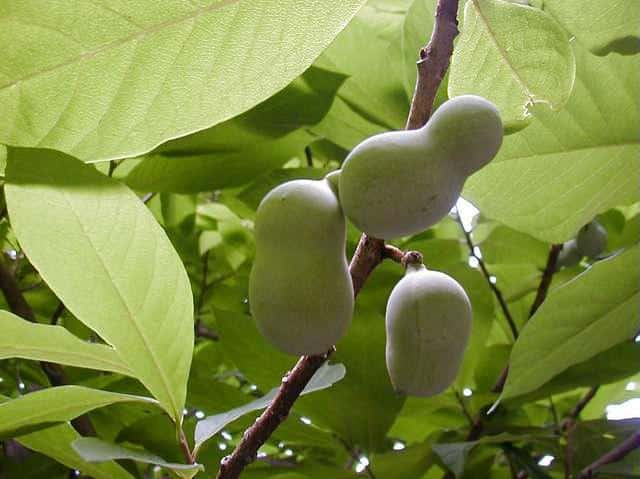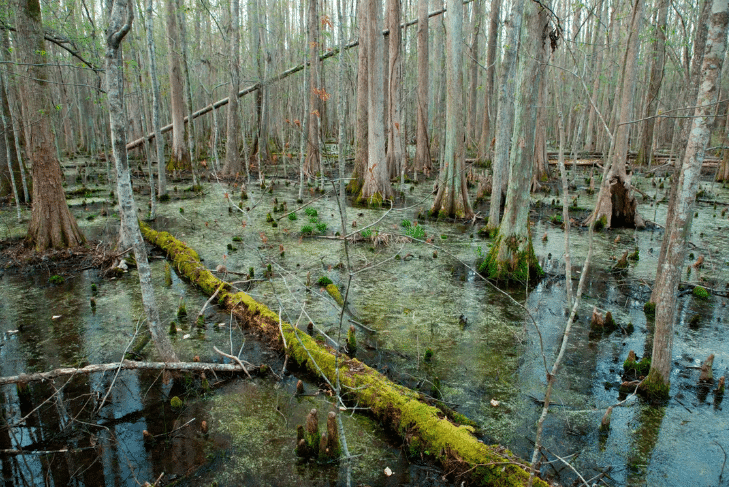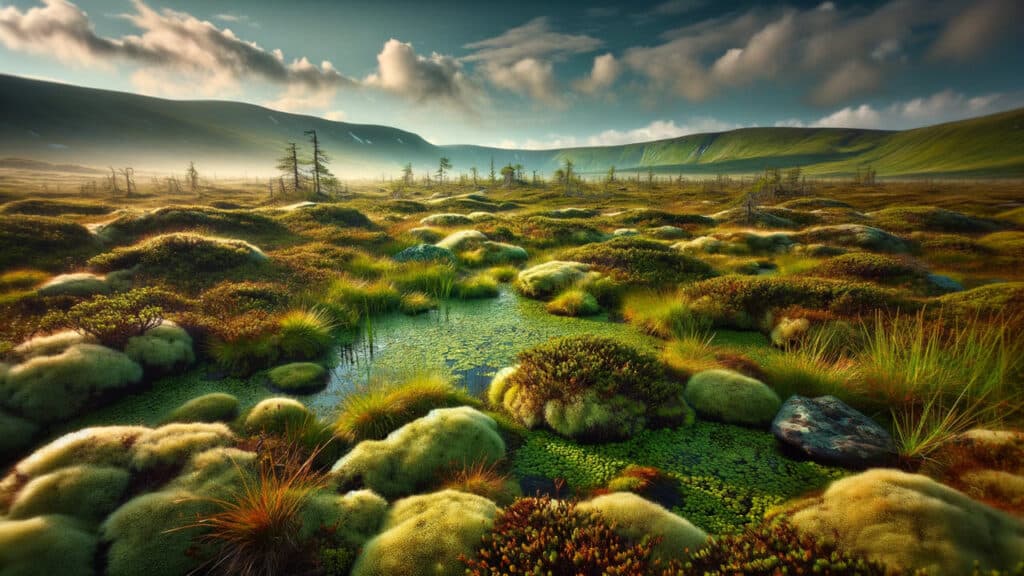
The following blog is a shorter version of the article Analysis: Millions of acres of NC wetlands can be developed due to SCOTUS, NC law by Adam Wagner, published in the Raleigh News & Observer on April 1, 2024. To read the full article, click here.
A large portion of North Carolina’s wetlands could lose protections due to the dual impact of a Supreme Court decision and a state law. When North Carolina lawmakers passed a provision in last year’s Farm Act that prevented development only in wetlands protected by the federal government, they couldn’t answer a key question: How many acres of wetlands here would lose protection? For North Carolina, the answers range from bad to worse, with the analysis determining that anywhere between 14% and 100% of the state’s non-coastal wetlands could be open to development. Those wetlands cover 490,000 to 3.6 million acres, many of them in the low-lying coastal plain. The wide range of risk in the analysis is due to ongoing litigation about what constitutes a federally protected wetland, said Adam Gold, an EDF manager for climate resilient coasts and wetlands in North Carolina and Virginia “The Supreme Court used really unclear language and this leaves the door wide open for potential interpretations.”
The timing of the North Carolina bill’s passage was just weeks after the U.S. Supreme Court’s 2023 Sackett V. EPA decision, a rollback of federal wetlands protections. The decision narrowed which wetlands the federal Clean Water Act protects to those continuously “adjoining” streams, oceans, rivers and lakes in the U.S. The N.C. Home Builders Association was a key force behind last year’s rule change in North Carolina, arguing that the change was introduced to prevent state environmental officials from regulating some isolated wetlands no longer protected by federal rules. North Carolina has other state and local rules that will protect many wetlands that could lose federal protections, Chris Millis, the Home Builders Association’s director of regulatory affairs, told The News & Observer. He pointed to riparian buffer rules, vegetated areas near streams; watershed protection overlays that limit development and require stormwater controls in areas that are important to drinking water supplies; and floodplain protections that curb development in flood-prone areas. Millis also pointed to a March 2024 memo from Assistant Secretary of the Army Michael Connor to the U.S. Army Corps of Engineers directing the agency to continue including wetlands that are no longer federally protected due to the Court’s decision in Corps mitigation projects. That means that even though a wetland might no longer be federally protected from development, the Corps could restrict development there. Citing reduced protections for some North Carolina wetlands, Gov. Roy Cooper vetoed the 2023 Farm Act, but legislators overrode Cooper’s veto.
Wetlands are a key point of regulatory conflict, with businesses and developers arguing that protections are applied too broadly, stymieing building projects that should move forward with ease. Environmental groups say wetlands are key to a clean environment because they filter pollutants out of water and protect against flooding. An acre of wetlands can hold between a million and 1.5 million gallons of water, according to the EPA. That’s particularly important in isolated wetlands found in the Piedmont or North Carolina mountains, Gold said. By retaining water, he said, those wetlands reduce the amount of floodwater flowing downstream, helping everyone in the stream or river basin below. “The wetlands that are most at risk after this decision are the ones that are most critical for flood storage because they are towards the headwaters of watersheds,” Gold said.
Another concern environmental lawyers have about the Farm Act is that it goes further to roll back protections than previous rollbacks, which were primarily focused on permitting the filling in of certain wetlands for development activity. Those wetlands are now no longer protected by state rules limiting the discharge of pollutants into water. With the new information in hand, environmental advocates hope to start making the case for additional wetlands protections when lawmakers return for the short session next month. David Kelly, EDF’s North Carolina president, wrote in an email that lawmakers either have to find a way to convince developers to avoid the losses of wetlands or significantly ramp up funding for wetlands conservation and restoration. “We believe it’s important that science helps inform the policy discussion on wetland conservation in North Carolina and beyond, with the consequences of the Sackett decision providing a clear example of the kind broad ambiguity and uncertainty that can result when policy making is not rooted firmly in science,” Kelly wrote. “We stand ready; if there are any areas of environmental concern that are affected, we’re open-minded and we’re not trying to develop in areas that are truly wetlands,” Millis said.


